Elsie De Wolfe (1859-1950)
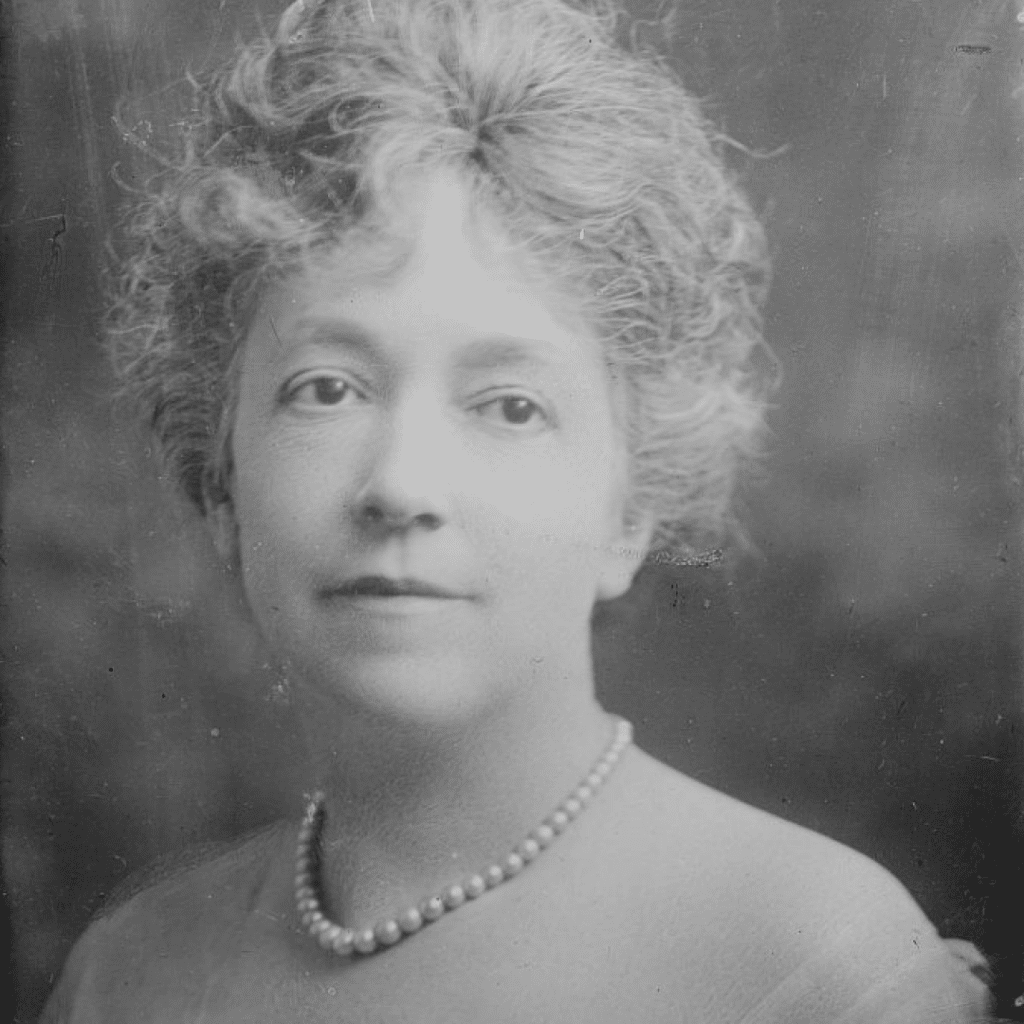
Elsie De Wolfe (also known as Lady Mendl) is highly regarded and recognised as one of the first female Interior Designers. Born in New York, she started her career as an actress, but she later took an interest in interior design. Her personal interior design style eventually led her to design the Colony Club (Americas first women clubhouse).
She soon had a distinguished list of clients including the Duke and Duchess of Windsor and Henry Clay Frick. Her signature style was light compared to the dark Victorian aesthetic that was popular at the time as she favoured simple and airy spaces.
Sibyl Colefax (1874–1950)
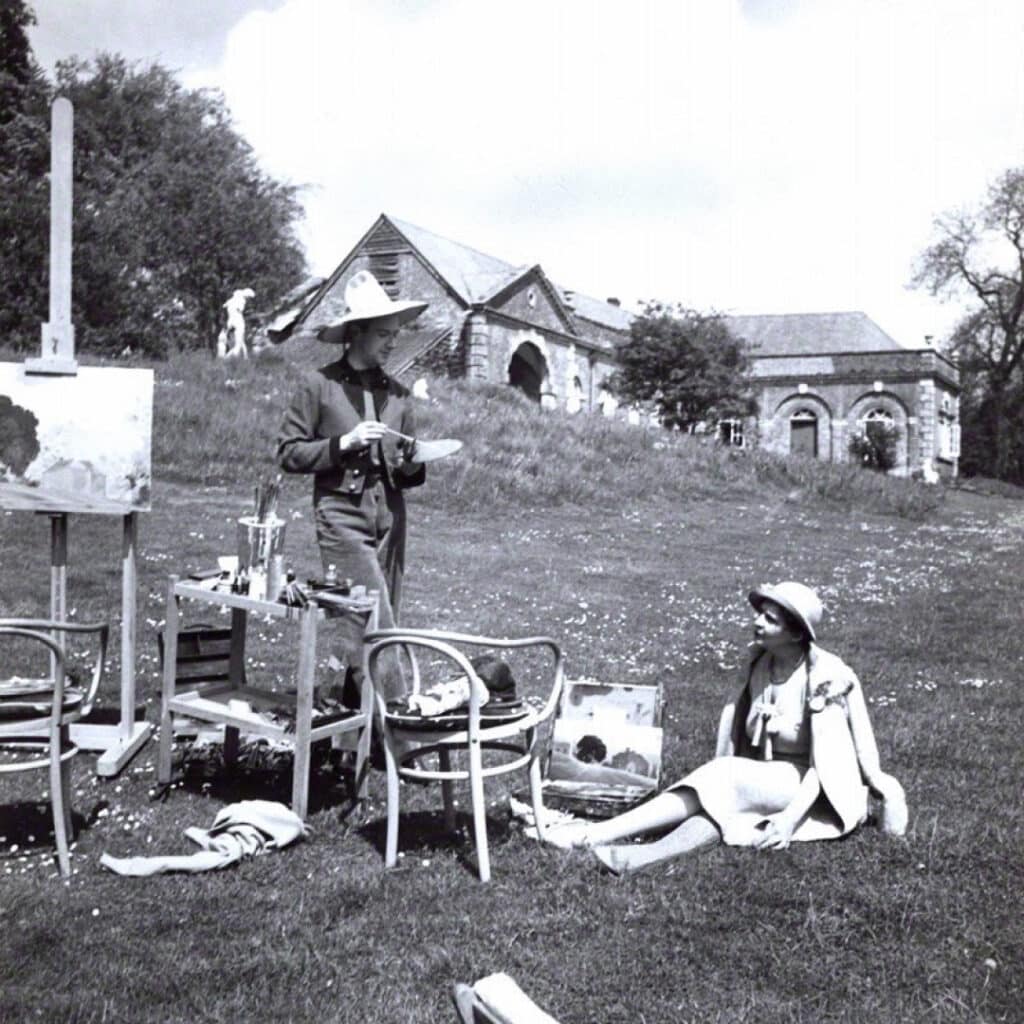
Born in Wimbledon, Sibyl Colefax is known as one of the biggest influences on classic English interior design. Her signature style is timeless, relaxing, inviting, and elegant. Colefax started designing in the 1930’s and later in her career she went into partnership with John Fowler in 1938. Her name still lives on today in the company she cofounded called Colefax & Fowler.
Elisabeth Scott (1898–1972)

Elisabeth Scott became one of the first women to study at the Architectural Association after it started allowing women on its courses in 1917. After gaining her Diploma in 1924, she won a major architectural competition for the new Shakespeare Memorial Theatre at Stratford-Upon-Avon in 1928. Her success in the competition trailblazed the path for many more future female Architectural Designers. Scott went on to design other successful projects such as the Marie Curie Hospital Hampstead and the Pavilion on Boscombe Pier.
Eileen Gray (1878–1976)
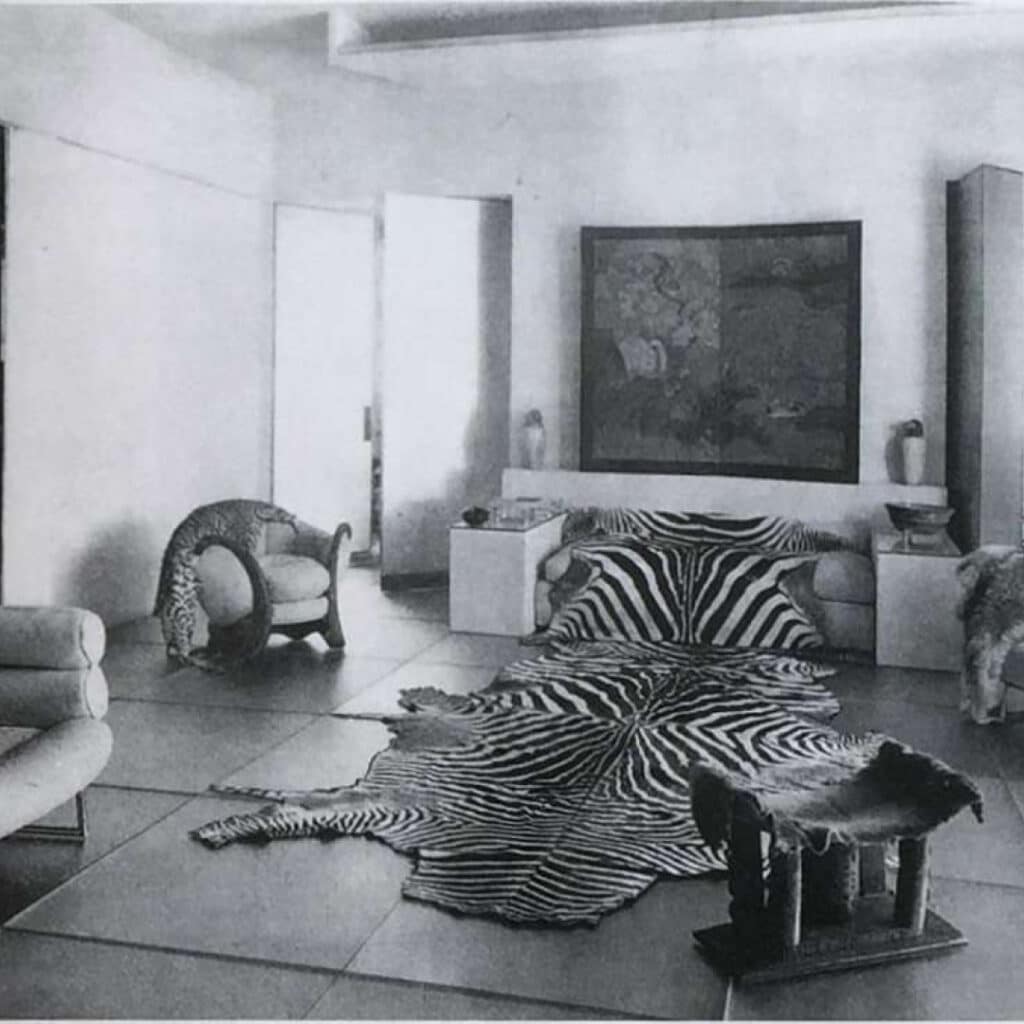
In 1898 Eileen Gray was one of the first women to study at the Slade School of Fine Art. She later specialised in Lacquer Technique with the Japanese lacquer craftsman, Seizo Sugawara.
In 1922 Eileen opened a gallery to exhibit her designs, these included Chrome, glass, and steel tube furniture. She worked alongside some of the most important designers of the modern movement including Le Corbusier. In her late 40’s Eileen turned to architecture and without any formal training, she designed E–1027 which was a seaside villa in France. Eileen Gray’s work remains a source of inspiration for artists, designers, and architects around the world.
Syrie Maugham (1879-1955)
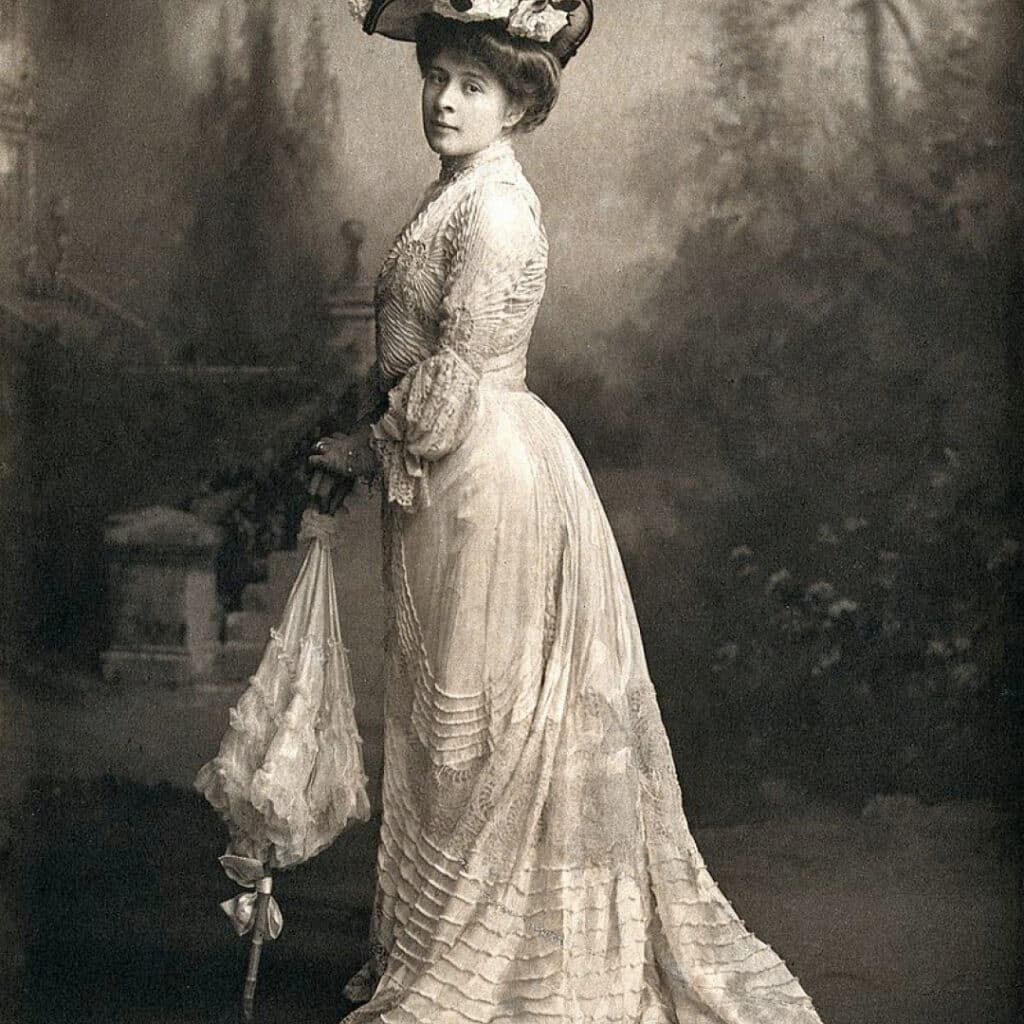
Sometimes known as the Queen of White, Syrie Maugham designed the first white music room at her home in London using various white shades. In 1922 she later opened her own shop on Baker Street London and became a leader for high end furniture and sometimes commissioned custom-made furniture.
Dorothy Draper (1889-1969)
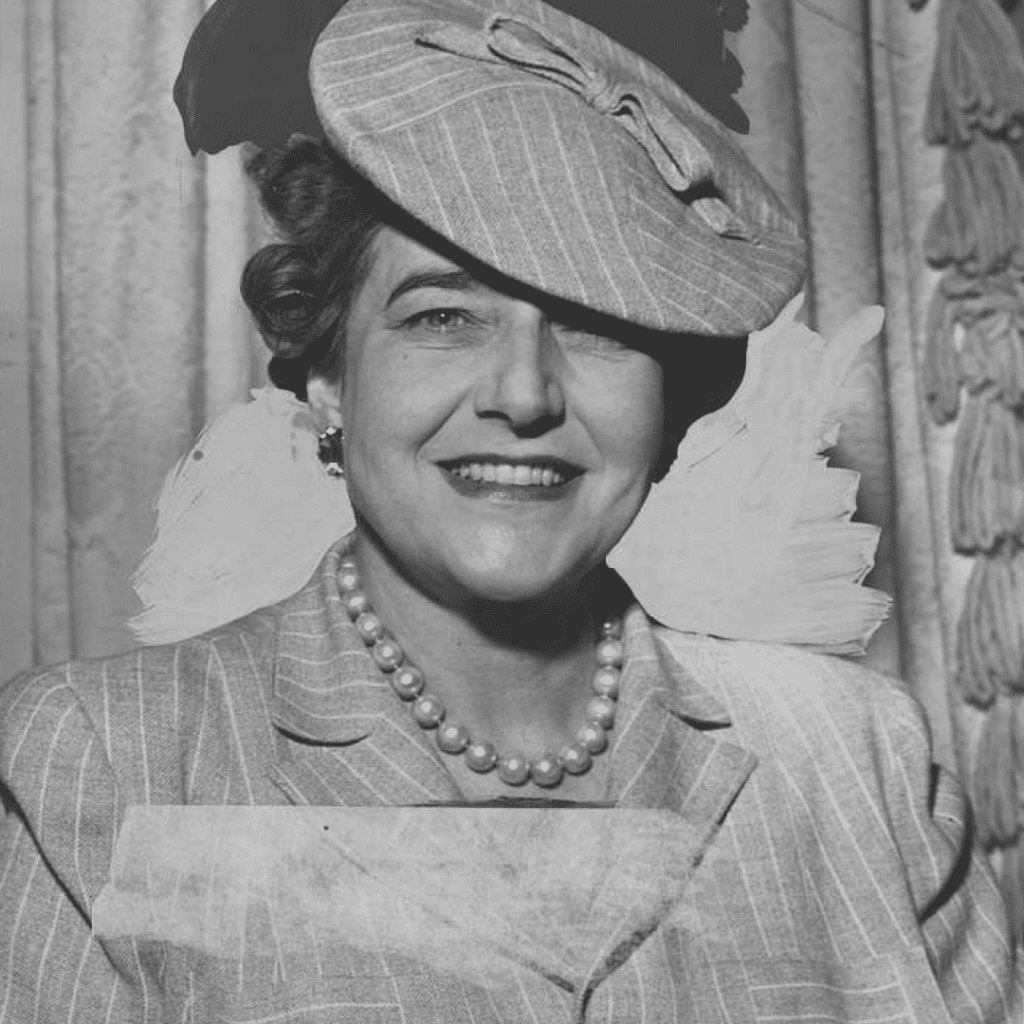
Dorothy Draper is one of the first female Interior Designers to work in the commercial sector. In 1923, she created the first interior design company in the United States (Dorothy Draper and Company). Draper coined the style ‘Modern Baroque’ and is well known for her use of vibrant colour combinations. She was commissioned to design many high-profile public spaces including the Fairmont in San Francisco and the Metropolitan Museum of Art.
In addition to commercial design, her talents extended to product design. She designed the interiors of jet plans, automobiles, cosmetics packaging, and created a decorating advice column for Good Housekeeping.
Nancy Lancaster (1897-1994)
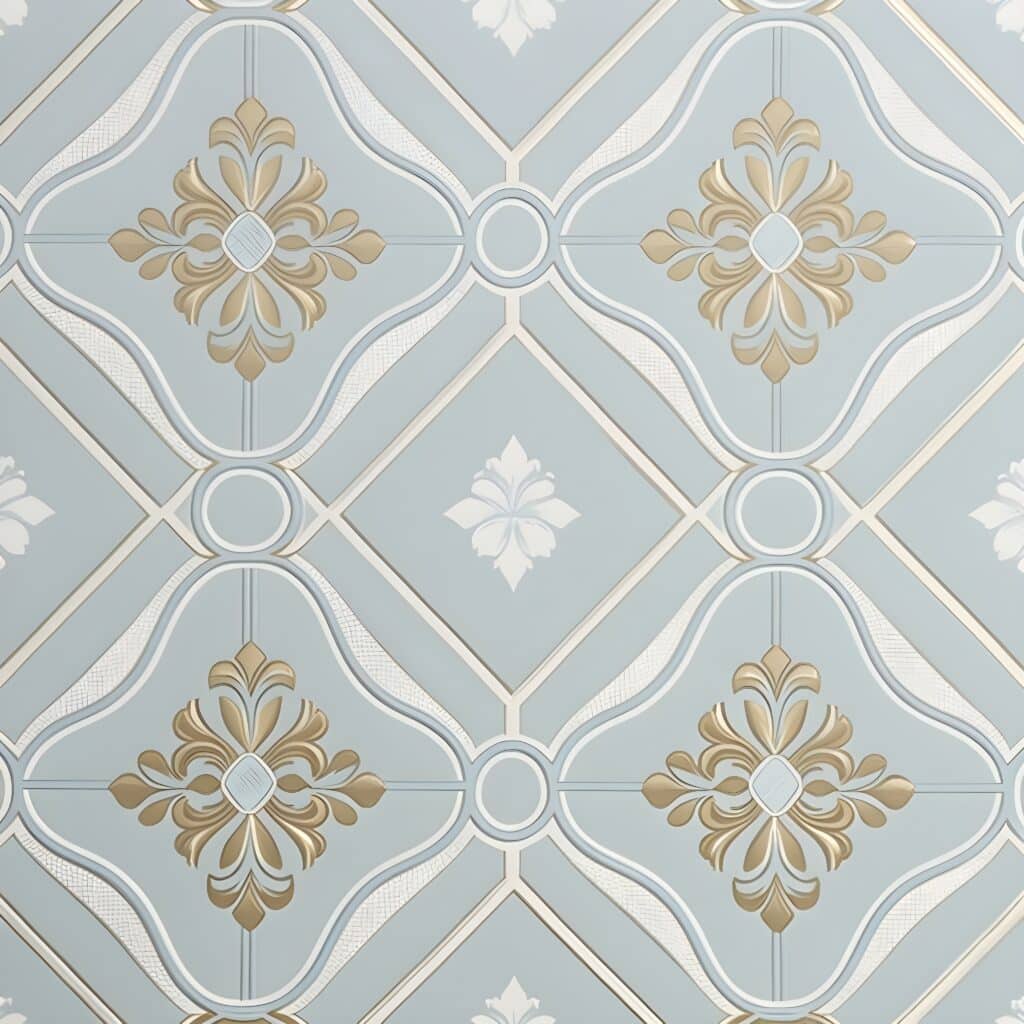
Even though Nancy Lancaster was American, her style was described as ‘quintessential English country house’. She had a talent for redesigning English homes that were comfortable and elegant.
In 1948 she bought the decorating company Colefax and Fowler from her friend Sybil Colefax and worked closely with John Fowler for the next 20 years. Together they created the Yellow Room which became a source of inspiration for many years.
Ray Eames (1912–1988)
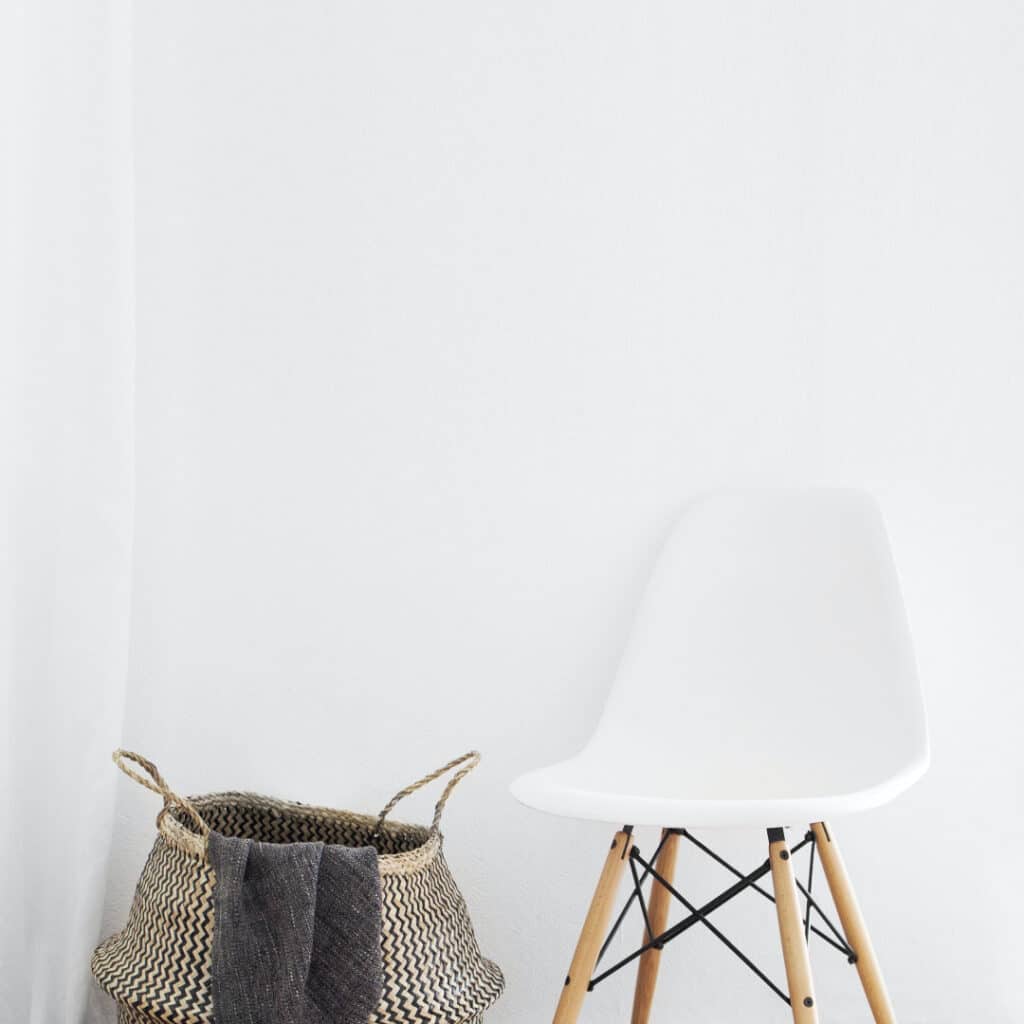
Ray who trained as an artist, left her hometown of Sacramento for New York in 1933 and learned to paint under the German Expressionist émigré Hans Hofmann. She later became a founding member of the American Abstract Artists group.
She met her husband Charles Eames at Cranbrook Academy of Art and together they became influential designers of the 20th century opening the Eames office in 1947. Their work remains inspirational even today, mostly famous for their iconic chairs.
Florence Knoll (1917–2019)
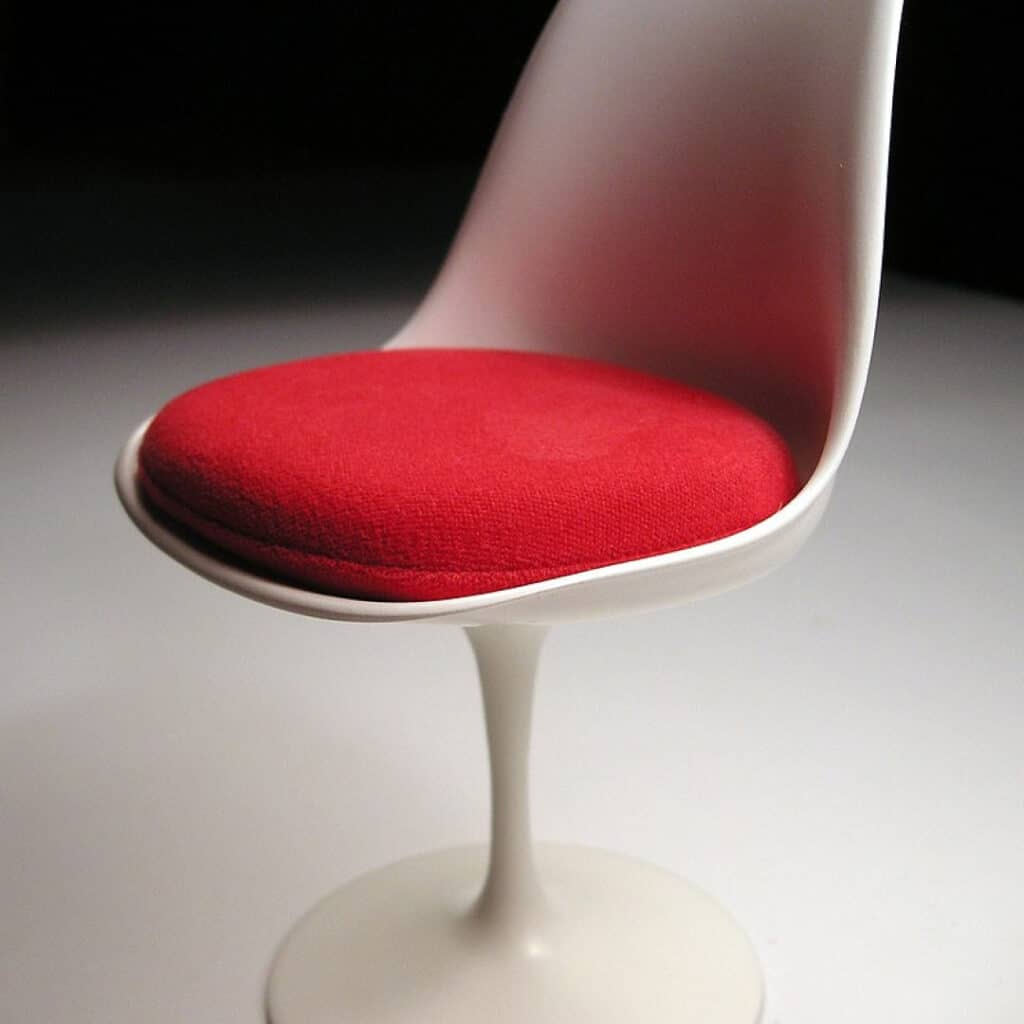
Florence Knoll trained as an architect and designer; she defined the standard for the modern corporate interiors of post-war America. She created clear and uncluttered corporate spaces that changed the way workplaces were arranged. Knoll worked with some of the leaders of the Bauhaus Movement in the 1940’s and met her husband Hans Knoll who was a furniture maker. Together they built Knoll Associates, which became an international prestigious design firm. Florence also went on to design furniture, one of her designs was the iconic Florence Knoll Sofa.
Zaha Hadid (1950–2016)

Dame Zaha Hadid’s geometric designs are original, fluid, and beautiful. Many of her designs in the 1980’s and early 90’s could never be actualised, including her competition winning entry ‘the Peak’, as it was too Avant Garde to be built.
Hadid’s work earned her the highest honours from civic, academic, and professional institutions around the world including the 2004 Pritzker Prize, the 2010 and 2011 Stirling Prize. She was the first to receive the RIBA Royal Gold Medal for outstanding contributions to architecture. Hadid’s vision redefined architecture and certainly captured imaginations around the globe.

